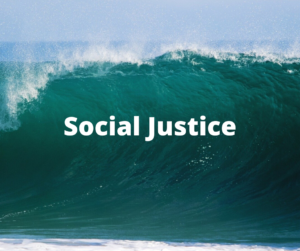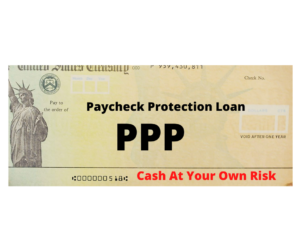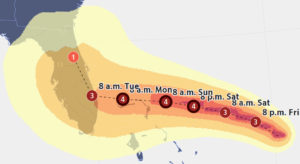Not all bystanders are innocent!
Introducing: The Bystander, a contemporary mystery/thriller by debut author John David
The Pitch: A reporter fortuitously films an armed bystander killing an active shooter, but while the world thinks they found a new hero, the reporter learns they got it all wrong.
 Longlisted for 2023 BPA First Novel Award
Longlisted for 2023 BPA First Novel Award
![]() Selected for Pitching Roundtable at Gotham Writers Genre Fiction Conference 2023
Selected for Pitching Roundtable at Gotham Writers Genre Fiction Conference 2023
Agents: contact John David at 305-724-3903 or jpdavid2008@gmail.com for detailed query, synopsis, and sample pages.








